Low Light Plants
Low Light Plants
Not every home is blessed with abundant natural light. Fortunately, these resilient plants can thrive in low light conditions, bringing life to darker corners and spaces away from windows.
About Low Light Plants
Low light plants have adapted to survive in the understory of forests or other shaded environments. These plants have developed specialized features that allow them to photosynthesize efficiently even with minimal light exposure.
It's important to note that "low light" doesn't mean "no light" - all plants need some light to survive. Low light typically refers to:
- North-facing windows
- Several feet away from east or west-facing windows
- Spaces with filtered light through curtains or blinds
- Interior spaces with some ambient light but no direct sun
These adaptable plants are perfect for offices, apartments with limited windows, or rooms that don't receive much natural light.
Low Light Plants Collection
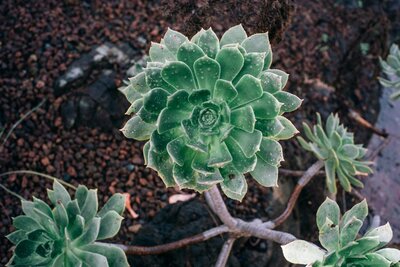
Aeonium
Aeonium spp.
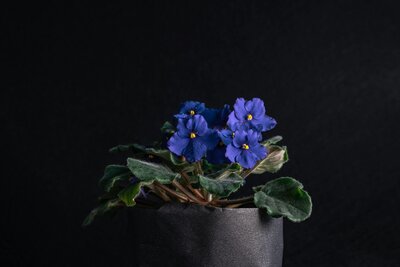
African Violet
Saintpaulia ionantha
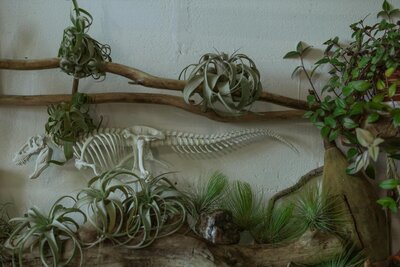
Air Plants
Tillandsia spp.

Aloe Vera
Aloe barbadensis miller
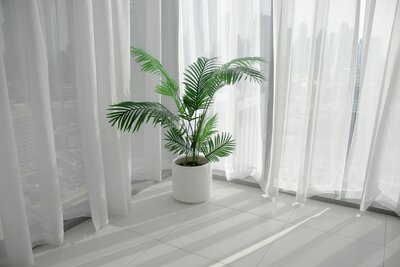
Areca Palm
Dypsis lutescens
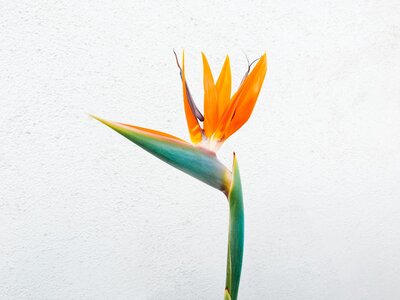
Bird of Paradise
Strelitzia nicolai
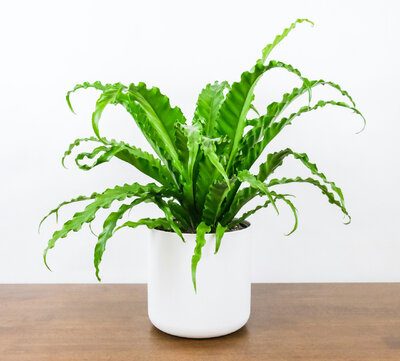
Bird's Nest Fern
Asplenium nidus
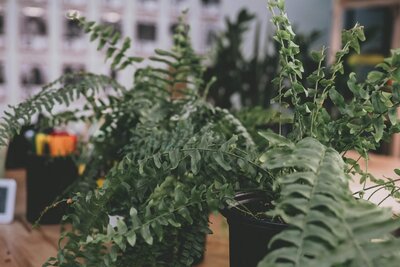
Boston Fern
Nephrolepis exaltata
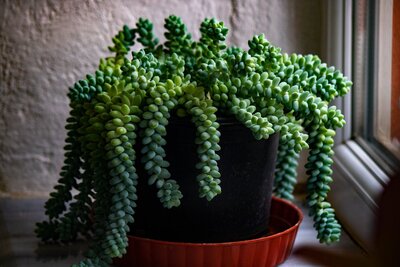
Burro's Tail
Sedum morganianum
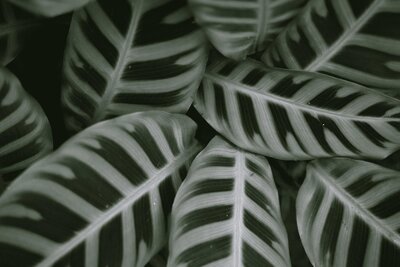
Calathea
Calathea spp.

Cast Iron Plant
Aspidistra elatior
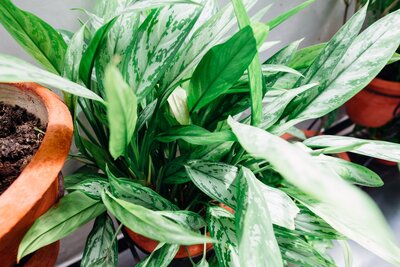
Chinese Evergreen
Aglaonema spp.
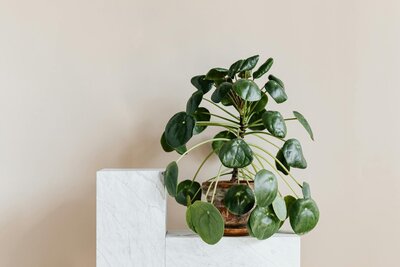
Chinese Money Plant
Pilea peperomioides
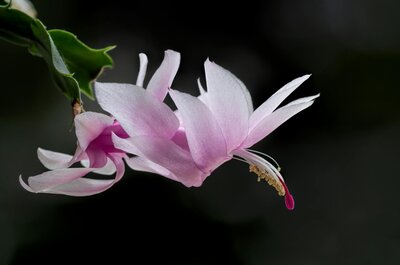
Christmas Cactus
Schlumbergera spp.
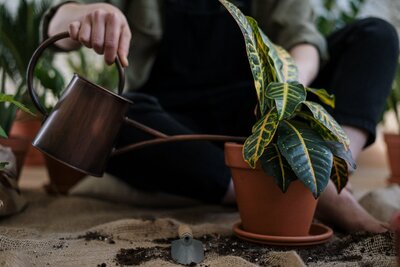
Croton
Codiaeum variegatum
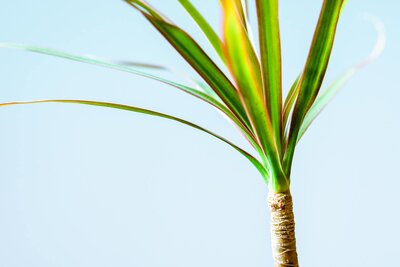
Dracaena
Dracaena spp.
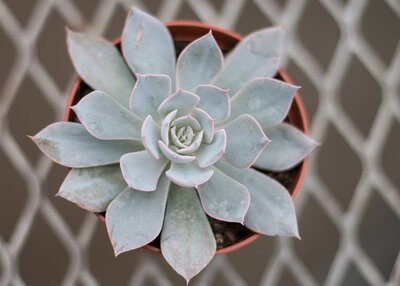
Echeveria
Echeveria spp.
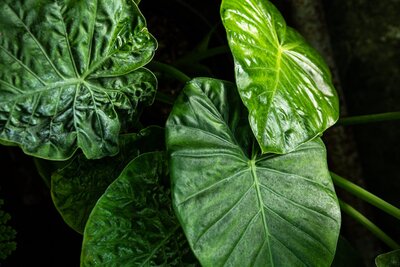
Elephant Ear
Alocasia spp.
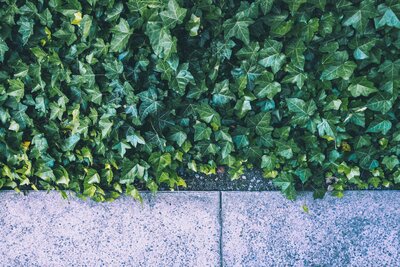
English Ivy
Hedera helix
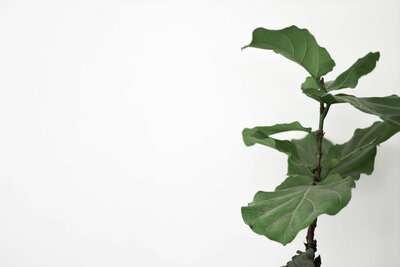
Fiddle Leaf Fig
Ficus lyrata

Haworthia
Haworthia spp.
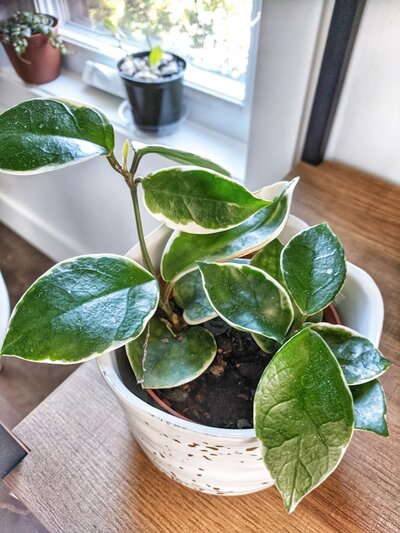
Hoya
Hoya spp.
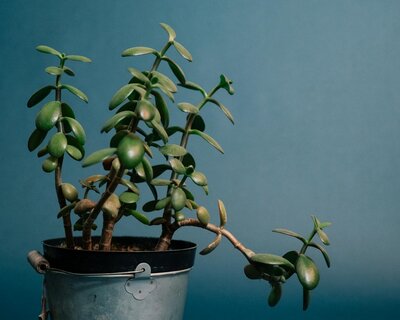
Jade Plant
Crassula ovata
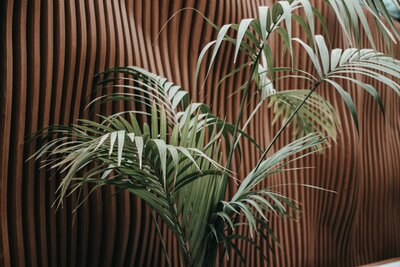
Kentia Palm
Howea forsteriana
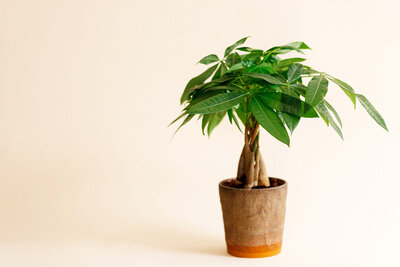
Money Tree
Pachira aquatica
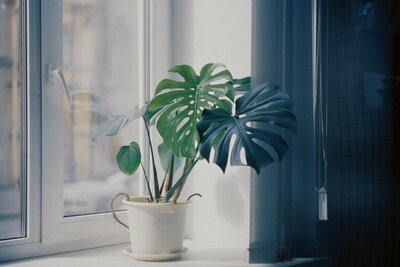
Monstera Deliciosa
Monstera deliciosa
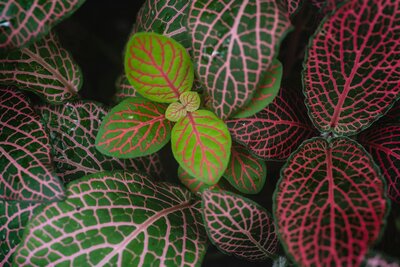
Nerve Plant
Fittonia albivenis
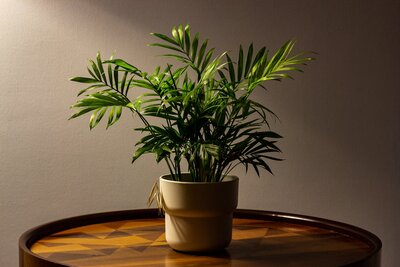
Parlor Palm
Chamaedorea elegans
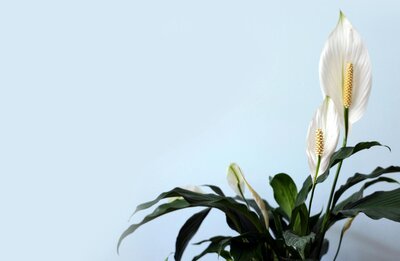
Peace Lily
Spathiphyllum

Peperomia
Peperomia spp.
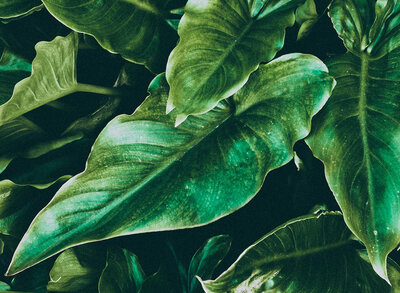
Philodendron
Philodendron spp.
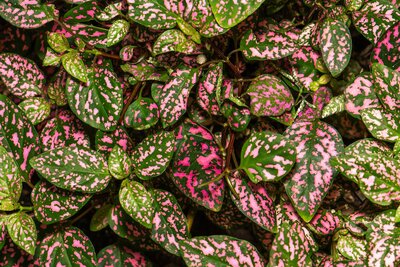
Polka Dot Plant
Hypoestes phyllostachya
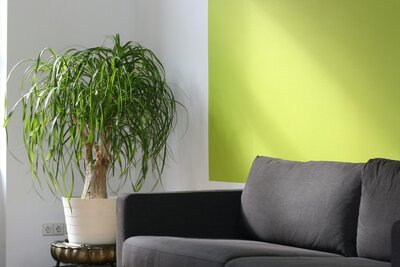
Ponytail Palm
Beaucarnea recurvata
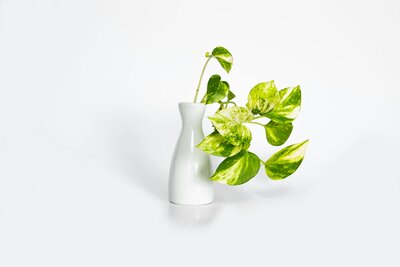
Pothos
Epipremnum aureum
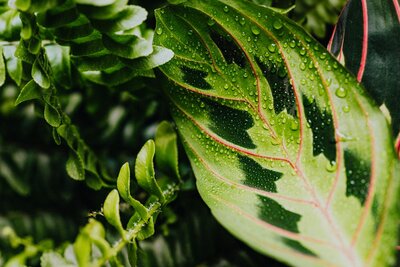
Prayer Plant
Maranta leuconeura
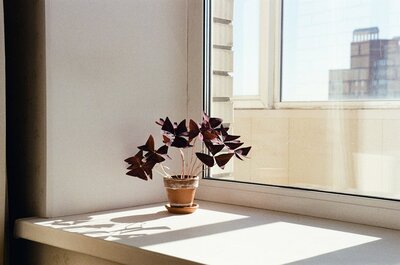
Purple Shamrock
Oxalis triangularis

Rattlesnake Plant
Calathea lancifolia

Rex Begonia
Begonia rex-cultorum

Rubber Plant
Ficus elastica

Snake Plant
Sansevieria trifasciata

Spider Plant
Chlorophytum comosum

Staghorn Fern
Platycerium spp.

String of Hearts
Ceropegia woodii

String of Pearls
Senecio rowleyanus

Stromanthe Triostar
Stromanthe sanguinea 'Triostar'

Tradescantia
Tradescantia spp.

Umbrella Tree
Schefflera spp.

Watermelon Peperomia
Peperomia argyreia

ZZ Plant
Zamioculcas zamiifolia
Low Light Plant Care Tips
Watering Considerations
Plants in low light conditions typically grow more slowly and use less water than those in brighter locations:
- Water less frequently than you would for the same plant in brighter light
- Always check soil moisture before watering - the top 1-2 inches should be dry
- Be especially careful not to overwater in winter when growth slows even more
- Use well-draining soil to prevent root rot, which can be more common in low light situations
Maximizing Available Light
Help your low light plants thrive by optimizing the light they do receive:
- Clean plant leaves regularly to remove dust that can block light absorption
- Rotate plants periodically so all sides receive equal light exposure
- Consider using light-colored or reflective surfaces near plants to bounce more light
- Keep windows clean to maximize light transmission
- Trim any outdoor foliage that may be blocking window light
Signs Your Plant Needs More Light
Even low light plants have minimum light requirements. Watch for these signs that your plant might need more light:
- Leggy, stretched growth reaching toward light sources
- Smaller new leaves compared to older ones
- Slower growth or no new growth for extended periods
- Loss of variegation in variegated plants
- Yellowing leaves (though this can also indicate other issues)
If you notice these signs, try moving your plant to a slightly brighter location or consider supplementing with grow lights designed for houseplants.
